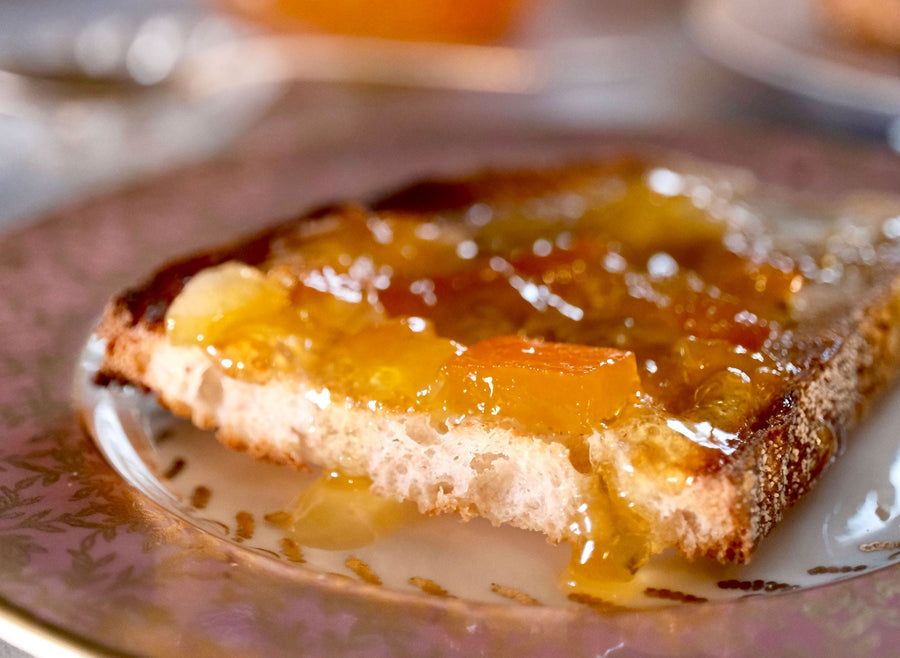This is our first attempt at sourdough in The Old Dutch, and if you haven’t made sourdough bread before it can appear rather daunting! So we decided to simplify it. And we reckon the results are fabulous. Crunchy crust, moist chewy centre… Everything that sourdough bread should be!
You can start this loaf on Saturday evening and eat it at lunchtime on Sunday! There’s very little hands-on time involved in the making of this loaf so don’t let the 24 hours put you off! In the absence of a banneton, I used a 25cm loaf tin draped in a damp tea towel then liberally sprinkled with rye flour.
We love the idea of recycled food, so making bread made with beer made with bread seemed like a neat idea! GO the good citizens at Citizen for rescuing food and turning it into deliciousness. And NZ Malt is THE place to get your Sour Dough Starter Kit. This bread is made using their Great NZ Mississippi starter. Its rich dark toffee tang is a magic match with the Citizen Pilsner beer.
INGREDIENTS
4 c organic white flour
1 c organic rye flour
330 ml Citizen Pilsner
1 T molasses
½ c sour dough starter, mixed down
30 ml water
2 ½ t fine salt
Extra white flour
METHOD
Mix flours, beer and molasses together in the bowl of your stand mixer and leave covered at room temperature for 2 hours. It will be kind of shaggy.
Mix the sour dough starter, water and salt together then add to beer and flour. Using your dough hook mix on a low speed, adding extra flour if need be, a tablespoon at a time, until the dough comes away from the sides of the bowl. If you want to do this by hand, get ready to get very sticky hands! Knead the dough on a well floured benchtop, adding extra flour as you go, and keep kneading until the dough is soft and pliable and doesn’t stick to the bench.
Leave the dough to sit covered for 1 hour. You will stretch the dough 8 times, then let it rest overnight.
In the morning, form the dough into a rectangle about 12 cm x 18cm, and follow the instructions in the video to form into an oval.
If you have a banneton, proceed as normal but if you don’t, just before you mould your loaf dampen down a soft tea towel with water; it shouldn’t be dripping wet. Just damp enough to ensure flour will stick to it. Drape the tea towel inside the loaf tin and sprinkle the sides and bottom liberally with rye flour. This flour will stop the dough sticking to the sides.
Pop the dough seam side up into the loaf tin, cover and leave in a warm place until it’s not quite doubled in size. If you leave the dough in the oven with just the light on, this will provide enough warmth. Take the dough out of the oven before you heat it to cook.
Turn oven to its highest temperate setting and slide your Old Dutch, lid on, into the oven. When it reaches the temperature remove your Old Dutch from oven.
You will cook the bread in the lid then cover with the pot to create a steaming environment.
Lightly sprinkle flour onto the Old Dutch lid and gently turn the dough upside down out of the banneton/loaf tin and onto the lid. The seam side will now be on the bottom. Using a very sharp serrated knife cut slits in the dough. Work as fast as you can here. Sprinkle a little more flour on top if you want to!
Pop the Old Dutch pot on top of the lid and slide into the oven.
Bake for 20 minutes then turn temp down to 220°C and bake for a further 10 minutes. Don’t be tempted to have a look!
Remove The Old Dutch from the oven and remove the pot. WOW! Yes you made that! Even though it looks ready to eat right now, you still have ONE more bake to go.
Return the loaf to the oven and bake uncovered for a further 15 minutes or until it’s the kind of colour you love in a sour dough! Maybe you’d like it a little darker? Go on. Cook another five minutes.
Leave to cool for one hour. The bread continues to cook as it cools, so resist eating it until the hour is up!
Slice. Slather in butter. Pour yourself a refreshing Citizen beer. Enjoy!









